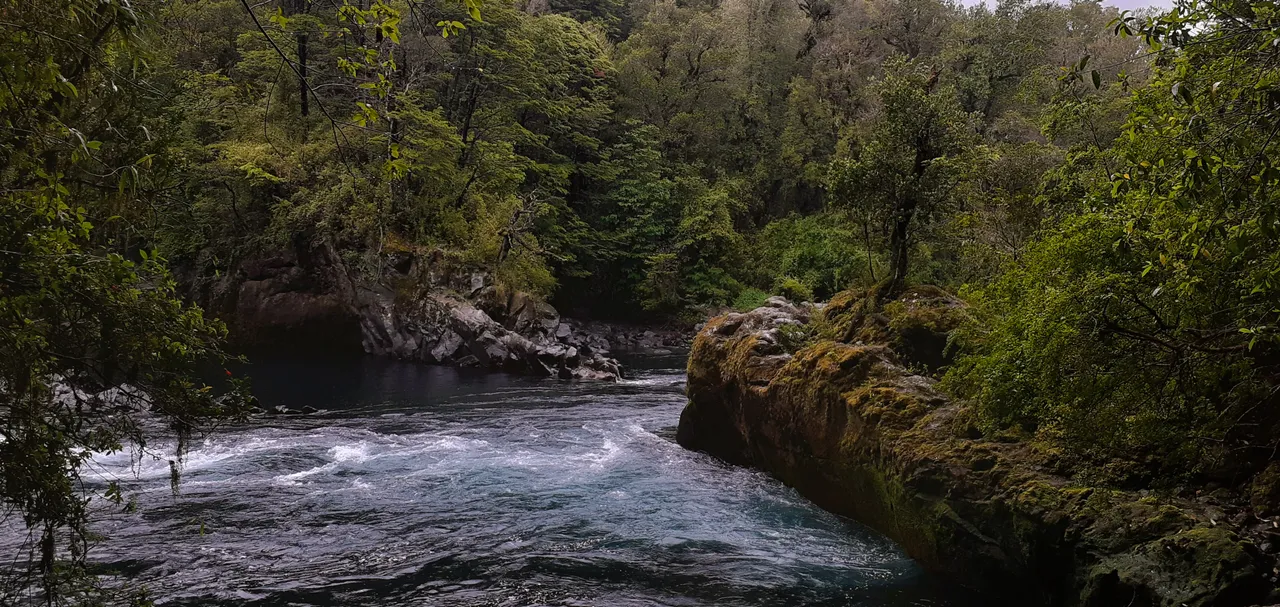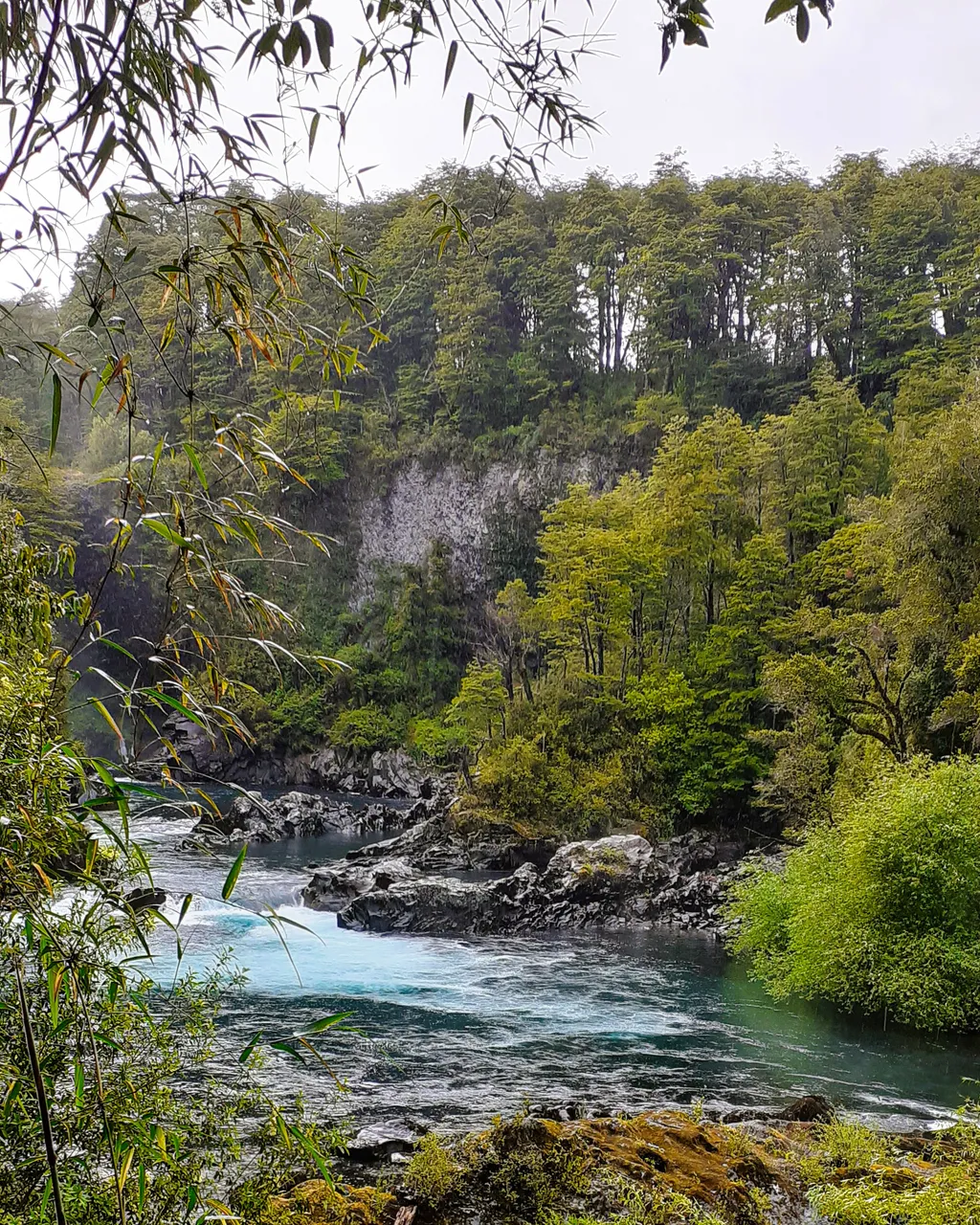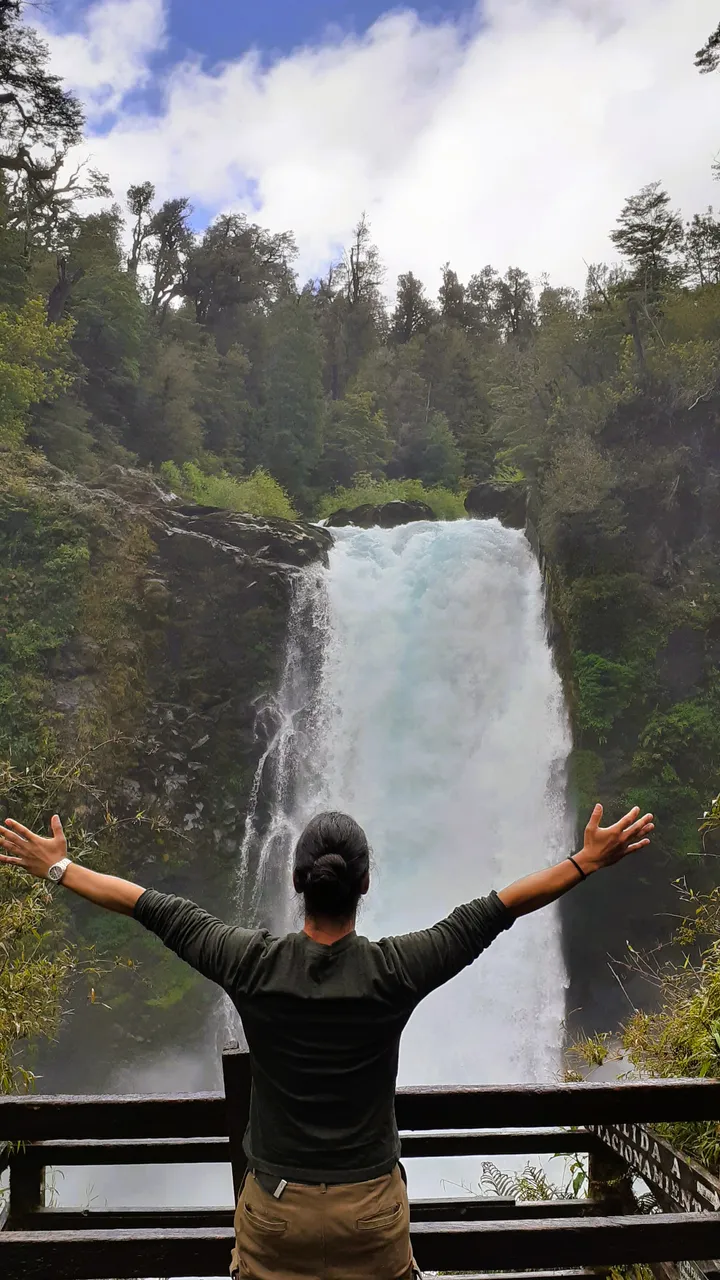
Uno de los lugares más hermosos del planeta
Like many of you, I am also a nature lover. Yes, I can travel to cities and enjoy the urban environment, buildings, bridges, streets, cafes, all are places that I like and I have met special places in every city I've been to, but I feel that more than the metropolis, what I like most is nature. A forest, a beach, a desert, the less inhabited and less built the better, are usually my favorite places.
Como muchos de ustedes, yo también soy un amante de la naturaleza. Sí, puedo viajar a ciudades y disfrutar del ambiente urbano, edificios, puentes, calles, cafeterías, todos son lugares que me gustan y he conocido rincones especiales en cada ciudad a la que he ido, pero siento que más que las metrópolis, lo que más me gusta es la naturaleza. Un bosque, una playa, un desierto, mientras menos habitado y menos construido mejor, suelen ser mis lugares predilectos.

That's why I was lucky to have been born in Venezuela, a country with a great biodiversity, different climates, environments, places, soils, fauna and flora throughout its territory; and then it was also lucky to have come to live in Chile, another country with a great biodiversity. From North to South, the Chilean landscape changes a lot and goes from the warm desert to the frozen South Pole; for that reason, in between, you can see places that are different from each other, but all very beautiful. For many people from Santiago, the south is the most beautiful part of Chile, and although in theory the south starts in Pucón, from there on there's still a lot of south, which is why I couldn't say what the exact limit between the south and the center is. What I do know is that throughout the country people have among their favorite places the mythical Huilo Huilo reserve, located in Panguipulli, almost 900 km away from the capital. Created in 2000, it's a protected natural area, but private, that is, it's like a national park, but doesn't belong to the state but to private entrepreneurs. That is why there has always been a debate between those who support private capital as a guarantor of a decent maintenance of these areas and those who believe that such places should always belong to the state. This post is not a space to extend that debate, but to appreciate the wonders that one can find in this beautiful and magical place.
Por eso fue una suerte haber nacido en Venezuela, un país con una gran biodiversidad, diferentes climas, ambientes, lugares, suelos, fauna y flora a lo largo y ancho de su territorio; y luego también fue una suerte haberme venido a vivir a Chile, otro país con una gran biodiversidad. De Norte a Sur, el paisaje chileno cambia muchísimo y va desde el cálido desierto hasta el congelado polo sur; por esa razón, entre medio, pueden verse lugares diferentes entre sí, pero todos muy hermosos. Para muchos santiaguinos, el Sur es lo más bonito de Chile y aunque en teoría el Sur comienza en Pucón, a partir de allí hay aún mucho Sur, razón por la cual yo no sabría decir cuál es el límite exacto entre el sur y el centro. Lo que sí sé es que en todo el territorio nacional las personas tienen entre sus rincones favoritos la mítica reserva Huilo Huilo, ubicada en Panguipulli, a casi 900 Km de distancia de la capital. Creada en el año 2000, se trata de un área natural protegida, pero privada; es decir, es como un parque Nacional, pero no le pertenece al estado sino a empresarios privados. Por eso siempre ha estado el debate entre quienes avalan el capital privado como garante de un mantenimiento digno de estas áreas y quienes creen que este tipo de lugares deberían pertenecer siempre al estado. Este post no es espacio para extender ese debate, sino para apreciar las maravillas que uno puede encontrar en este hermoso y mágico lugar.



Huilo Huilo is unfathomable. It is an area of 100,000 hectares, which is almost impossible to go all over. That is, the number is finite, but how long would it take a person to travel that entire area? Moreover, not all of it should be passable because there are wilder and more inhospitable areas that - in my opinion - should never be visited. Therefore, I can't tell you today about everything in the reserve. I only spent one day touring it and it takes weeks, I think, to get to know its main attractions.
Huilo Huilo es inabarcable. Se trata de una superficie de 100.000 hectáreas, con lo cual es casi imposible recorrerla toda. Es decir, el número es finito, pero ¿cuánto tiempo le tomaría a una persona recorrer toda esa extensión? Además, no toda debe ser transitable porque hay zonas más salvajes e inhóspitas que - en mi opinión - nunca deberían ser visitadas. Por tanto, no les puedo hablar hoy de todo lo que hay en la reserva. Apenas estuve un día recorriéndola y se necesitan semanas, creo yo, para conocer sus principales atracciones.
 |  |
|---|
I will give you some context. Huilo Huilo is a kind of natural theme park. That is, although there's a large area that encompasses everything, there are small subdivisions within it, so that often, to see its attractions, you must go through a different gate each time. And at each portal there's a ticket office and at each ticket office you have to pay a ticket. It's true that the price of each ticket is low, but as you want to see more and more attractions, the price will go up. That is to say, you can't just pay a ticket and expect to see all the wonders of this place. But, on the other hand, this allows you to pay only for the things you do want to see, so it has its advantages and disadvantages. The attractions I am referring to vary greatly depending on the sector of the reserve you want to visit and can be very distant from each other.
Les daré algo de contexto. Huilo Huilo es una especie de parque temático natural. Es decir, si bien hay una gran extensión que lo abarca todo, hay pequeñas subdivisiones en su interior, por lo cual, muchas veces, para ver sus atracciones, se debe atravesar un pórtico diferente cada vez. Y en cada portal hay una taquilla y en cada taquilla hay que pagar un boleto. Es cierto que el precio de cada boleto es bajo, pero en la medida en que quieras ver más y más atracciones, ese precio va a ir subiendo. Es decir, no puedes pagar una entrada y esperar ver todas las maravillas de este lugar. Pero, por otro lado, esto te permite pagar solamente por las cosas que sí quieres ver, así que tiene sus ventajas y sus desventajas. Las atracciones a las que me refiero varían muchísimo según el sector que quieras recorrer de la reserva y pueden encontrarse muy distantes entre sí.

During the day I toured the place, I could see three waterfalls (including the Salto Huilo Huilo and Salto de la Leona), enter an area of volcanic caves, trekking along the banks of a river, I saw feeding the deer (there's a specific schedule for this, so it's worth investigating well), I visited the volcanic museum (which deserves a post in itself) and I had a coffee in the restaurant of one of the five hotels that are inside the reserve. Each and every one of these lodging centers has its own design and aesthetics, but they have in common that they integrate very well the natural design of the exterior with warm and wood-covered environments inside. As I went in December, the decoration was Christmas, but the real Christmas should be seen there in the months of July and August, time of the austral winter, which is when snow is likely to fall in the area. It was only one day, but I saw so many things that it's difficult to choose my favorite moment. I will do a post exclusively about the museum, whose design impressed me a lot, and I will probably also do another one to tell you about the different hotels in the reserve. If you are thinking of traveling to southern Chile and had not considered Huilo Huilo in their plans, I recommend that you modify your itinerary to include it because it really is one of the most beautiful places on the planet, any of you know it? I read you in the comments.

Durante el día que recorrí el lugar, pude ver tres saltos de agua (entre ellos, el Salto Huilo Huilo y el Salto de la Leona), ingresar a una zona de cuevas volcánicas, hacer trekking por la orilla de un río, vi alimentar a los ciervos (hay un horario específico para ello, así que conviene investigar bien), visité el museo volcánico (que merece un post en sí mismo) y pude tomar un café en el restaurante de uno de los cinco hoteles que hay en el interior de la reserva. Todos y cada uno de estos centros de hospedaje tiene un diseño y una estética propia, pero tienen en común que integran muy bien el diseño natural del exterior con ambientes cálidos y cubiertos de madera en el interior. Como fui en diciembre, la decoración era navideña, pero la verdadera navidad debe verse allí en los meses de Julio y Agosto, época del invierno austral, que es cuando probablemente caiga nieve en el sector. Sólo fue un día, pero vi tantas cosas que es difícil escoger mi momento favorito. Haré un post exclusivamente del museo, cuyo diseño me impresionó muchísimo, y probablemente también haga otro para hablarles de los diferentes hoteles que hay en la reserva. Si están pensando viajar al Sur de Chile y no habían considerado Huilo Huilo en sus planes, les recomiendo que modifiquen su itinerario para incluirlo porque en verdad es uno de los lugares más bonitos del planeta, ¿alguno de ustedes lo conoce? Los leo en los comentarios.